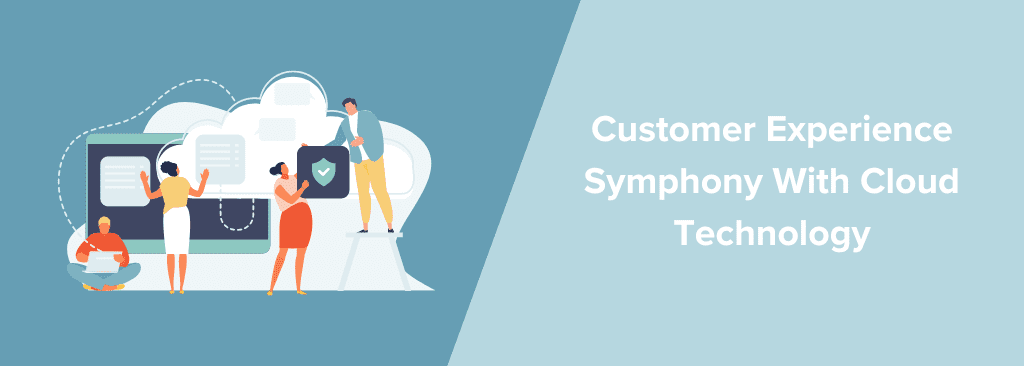Crafting a Customer Experience Symphony With Cloud Technology
I come from a generation that has seen the evolution of the e-commerce industry, which, in many ways, has changed the way we look at customer experience.
In the late ’90s, I first attempted to make a purchase at a site called Fabmall. I was so worried about sharing my card details because I feared the unknown. Then came the evolution of IRCTC (online train booking platform), which calmed the nerves of people like me when transacting online.
From that experience to what I am experiencing today, things have moved so much that it is unimaginable today to live without making online purchases.
Today, we are used to the experience of seamlessly switching between the mobile app, online store, and offline stores for all our shopping and transactional needs.
Cloud technology has genuinely transformed the customer experience across channels.
In this article, let us look at the coming together of customer experience and cloud technology.
In today’s business, customer experience stands tall as a true differentiator. It’s not just about selling a product or service; it’s about crafting a memorable journey for every customer. Cloud has transformed the way businesses engage and delight their clientele.
Some of the key aspects of customer experience include:
1. Seamless Omnichannel Engagement
Vidya, a tech-savvy shopper, browses her favorite online store’s app on her phone during lunch, adds items to her cart while on her laptop at work, finalizes the purchase from her tablet in the evening, and picks it up from an offline store.
Seamless, right?
That’s the power of cloud technology, ensuring a consistent and fluid experience as customers traverse different channels.
Whether it’s an app, web store, or offline store, the cloud orchestrates the omnichannel experience.
2. Feedback Collection Made Effortless
Meet Vikram, an avid user of cutting-edge streaming services. Vikram loves to share his thoughts on the latest features or suggest improvements.
Thanks to cloud technology, the streaming service effortlessly collects Tom’s feedback from his interactions– on the app, on the website, or even through smart TV integration.
The cloud acts as a centralized hub, compiling feedback from diverse customer touchpoints and providing valuable insights for continuous improvement.
3. Crafting Personalized Journeys
Enter the world of predictive analytics, which contributes to personalizing experiences.
As the analytics engine learns more about user preferences over time, cloud technology becomes the backbone that stores and processes this vast dataset.
Now, when the product recommendation engine suggests a new book, it’s not magic; it’s the intelligent collaboration between Analytics and the cloud.
This helps you craft hyper-personalized experiences, making every interaction feel tailor-made for the individual.
4. Security: Trusting the Cloud With Customer Data
Consider Vivek, a cautious online shopper. He’s concerned about the security of his personal information.
Cloud technology addresses Vivek’s worries by providing a secure vault for customer data. Whether it’s payment details, preferences, or purchase history, the cloud ensures that Vivek’s data is guarded like a fortress.
The cloud infrastructure providers have invested heavily in improving their security practices while guaranteeing some of the world’s good practices.
No on-premise infrastructure can offer the level of security and resilience provided in the cloud. Think Google Cloud, Amazon Web Services, and Microsoft Azure.
5. Compliance Is Key to Customer Experience
With the cloud, it is effortless to be compliant as the infrastructure providers are already compliant with most standards expected of a contact center – TCPA and CFPB regulations, PCI standards, ISO, natural language compliance, GDPR guidelines, STIR/SHAKEN, and Regulation F among others.
According to recent industry statistics, businesses leveraging cloud technology report a staggering 80% improvement in customer satisfaction. These aren’t just numbers; they represent tangible outcomes of enhanced experiences and streamlined customer journeys.
The marriage of cloud technology and customer experience isn’t a tech buzz; it’s a game-changer. Through the examples cited above, we witness the profound impact of the cloud on omnichannel engagement, feedback collection, personalized journeys, and data security.
The cloud emerges as a powerful ally for businesses striving to stand out in a crowded market. It helps transform customer interactions from mundane transactions to unforgettable experiences.
